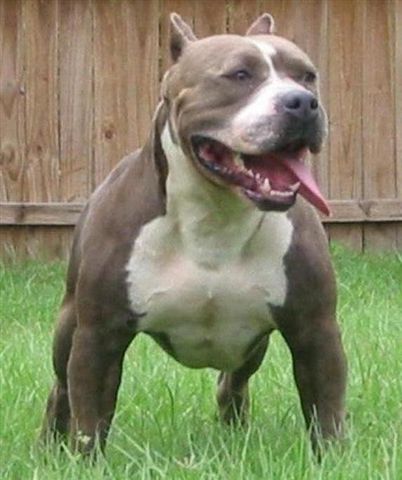21616
Introduce Yourself / Re: Adarq bio?
« on: March 20, 2010, 01:59:47 pm »
haha
ya that shit bugged me so bad. I can't stand all these "FastFoodAthletes". First of all, the kid claims he's been training 2 years, yet he's 15. He hasn't been "training for 2 years", he's been preparing. He's young and doesn't know anything, so even if he was "training", it's not really training, it's just working out, because he can't really understand the training process.
Unfortunately (or fortunately?), people with that mindset usually go nowhere. Always looking to the genetically gifted and whining about "why me".
You have to LIVE the training process. You have to LEARN your body. You don't just walk into a weight room, lift a few weights, and expect to transform yourself into an elite athlete.
For someone to become elite, from "weak genetics", is an insanely tough process, but it can be done. The process is organic, it relies on feedback & adjustment. It can't be store bought.
peace man :F
ya that shit bugged me so bad. I can't stand all these "FastFoodAthletes". First of all, the kid claims he's been training 2 years, yet he's 15. He hasn't been "training for 2 years", he's been preparing. He's young and doesn't know anything, so even if he was "training", it's not really training, it's just working out, because he can't really understand the training process.
Unfortunately (or fortunately?), people with that mindset usually go nowhere. Always looking to the genetically gifted and whining about "why me".
You have to LIVE the training process. You have to LEARN your body. You don't just walk into a weight room, lift a few weights, and expect to transform yourself into an elite athlete.
For someone to become elite, from "weak genetics", is an insanely tough process, but it can be done. The process is organic, it relies on feedback & adjustment. It can't be store bought.
peace man :F





















